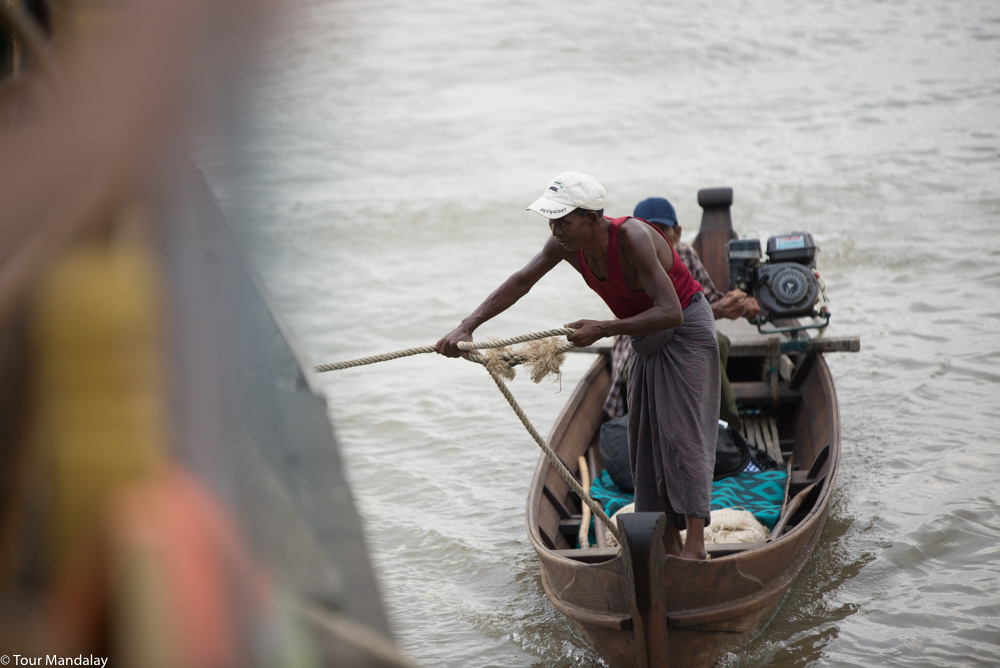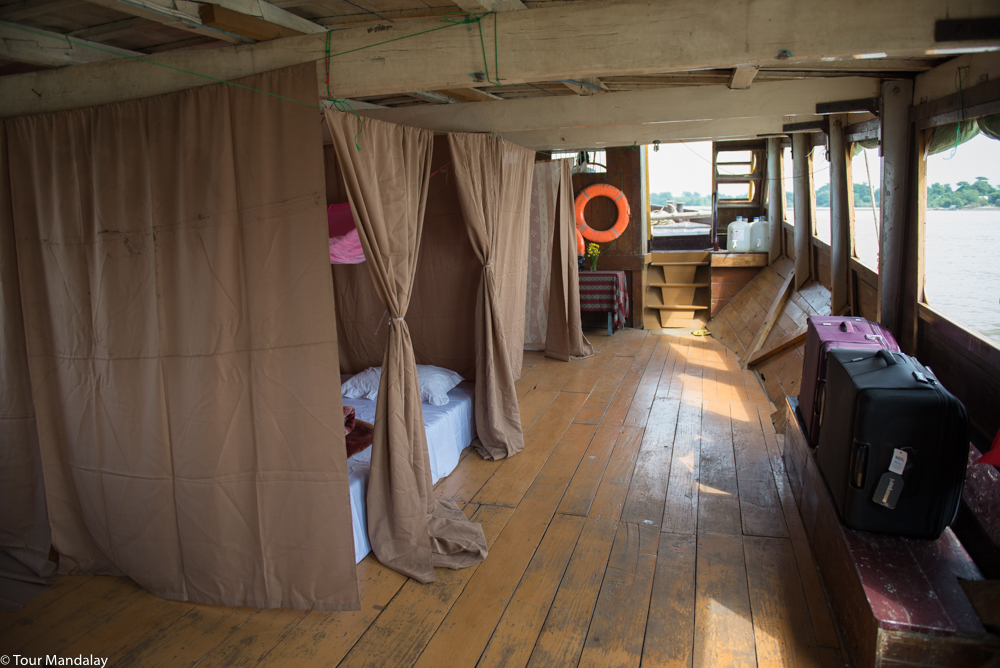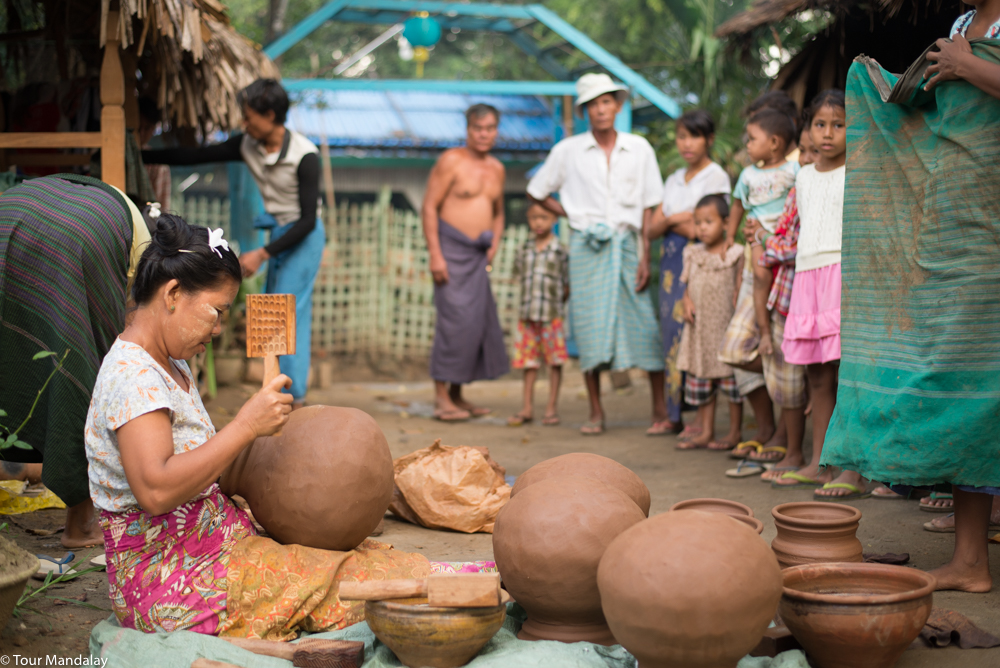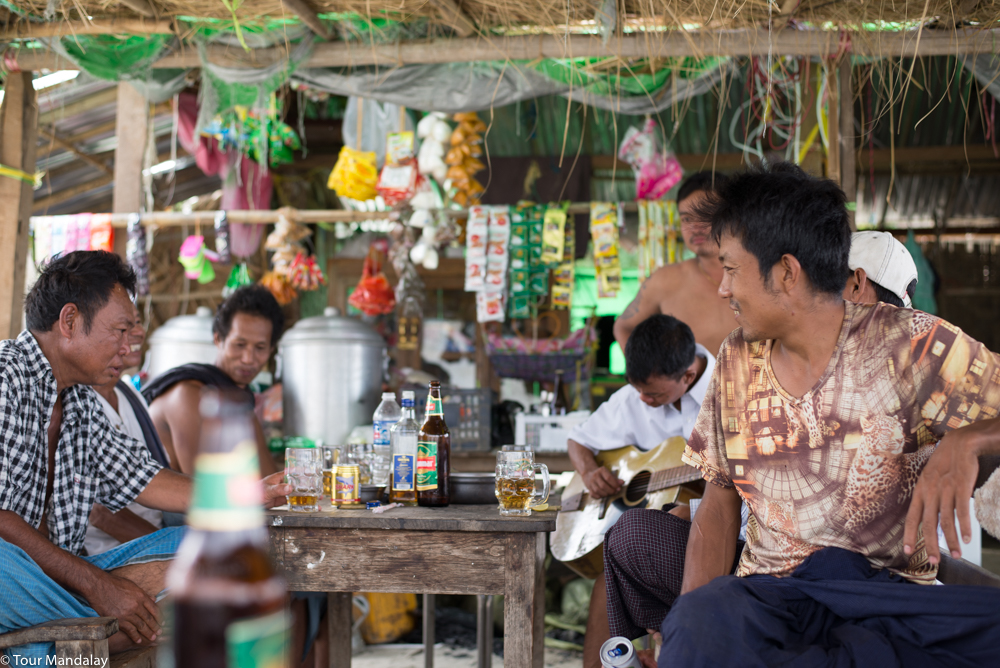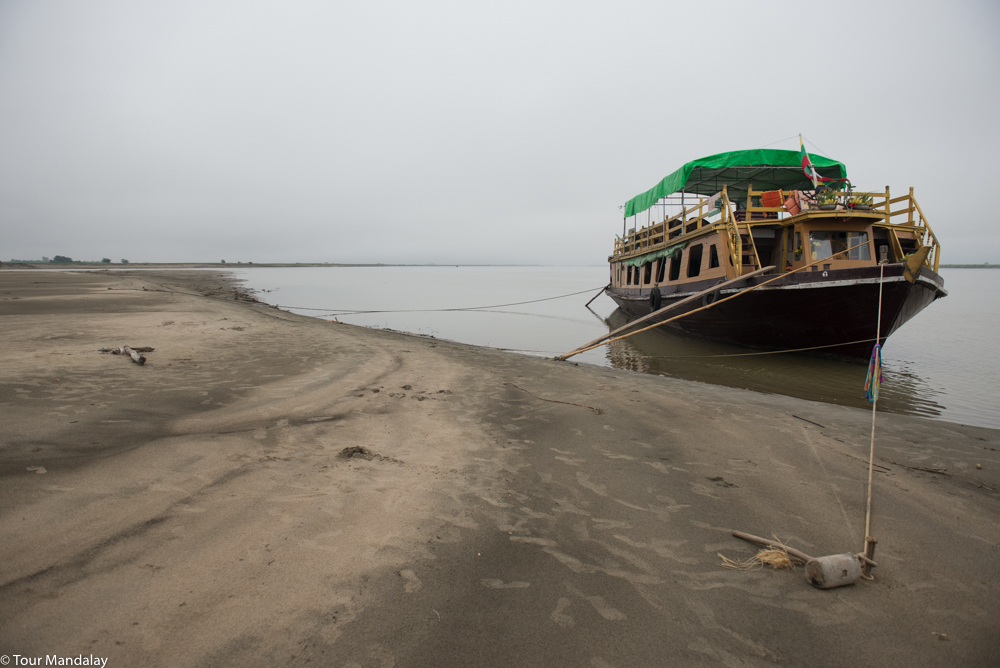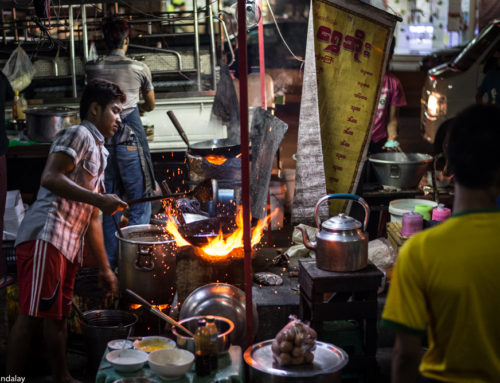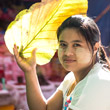Day 1
You will be transferred to Mandalay jetty early this morning in time to board a small river cruiser, which will be your home for the next 24 hours. NOTE: Conditions onboard the boat are basic, but the vessel’s perfectly suited for journeys of this nature to its small size and open top deck. You will then sail north, with the company of a Tour Mandalay guide, who will accompany you throughout the entire experience.
After a few hours sailing upstream, you will meet with a group of cooperative fisherman, who will hop onboard to provide a brief introduction about who they are, what they do and why the conservation of Myanmar’s Irrawaddy dolphins is so important. Note: For some fisherman it will be the first time they’ve had the chance to cross paths with an international tourist, so apologies in advance if they appear nervous, or not very talkative.
You will then proceed to a village, located in the protected conservation zone to learn more about the local way of life, agriculture, traditional practice and the region’s centuries old cottage industry. In a village called Sin Kyun for example, you will get the chance to watch a bamboo hat making demonstration. A little bit further north, in a village called Yaw Thit, it is possible to take part in a privately arranged pottery making demonstration, which will allow for you to learn more about this important industry and for the villagers to showcase their talent. Note: Due to ever-changing water levels, it is not always possible to stop off at the villages mentioned above, but this unpredictability is what makes the experience unique every time.
At some point it will be necessary to return back to the boat for a spot of lunch. This will be a simple, yet authentic spread, prepared by the boatmen. Served on the top deck (under cover), you will still be able to keep an eye out for dolphins and the fisherman will continue to scout the river on your behalf. After finishing lunch, you will continue village exploration, stopping off at whichever one the water levels on the day permit. Note: If the fishermen “on watch” find a pod of dolphins during the time you are exploring the village, they will contact the guide by phone and it’s entirely up to you as to whether you turn back. Sightings are rare however, so we would recommend taking every opportunity possible.
As the sun begins to set, we will moor the boat on a secluded sandbank close to the village of Myit Kan Gyi. This is where we will settle for the night and enjoy dinner. Again, a simple spread prepared by the boatmen. Conclude the day’s arrangements in front of a log fire, perhaps even with a chilled beer (purchasable from the boat). Note: You are going to be very much out in the wild here and there is a good chance the light from the boat will attract a few flying (yet completely harmless!) insects. Sleeping arrangements are also simple, but the boatmen will provide futons, bedding and mosquito nets. Your guide will also sleep in the same area, so let us just hope he/she does not snore.
Day 2
Although there is no set time to wake, it is recommended you rise early due to this being the best time of day to spot dolphins (they like it when the river’s quiet). You will find no shower onboard, but a basin is available for a quick face and underarm scrub. Alternatively, you may wish to do it the local way and bathe in the Irrawaddy. Note: If you decide to do this, it is necessary for ladies to cover themselves with a towel or longyi. Please also be mindful of the river’s depth and current and consult the guide if you feel unsure. A simple breakfast will then be served on the top deck, or you may wish to set up a table on the sandbank. During this time, the fisherman will be on the lookout for dolphins in the immediate vicinity and will alert the guide if spot any. With this in mind, you need to be ready to set sail at any moment.
If a couple of hours have passed without any sign, we will then start to make our way back downstream, keeping an eye out for dolphins at we go. At some point, we will reconvene with the fisherman to learn how to prepare and cast their iconic fishing nets. NOTE: the edge of the net is lined with small pieces of lead making it a lot heavier than it appears. If you decide to try it for yourself, please make sure you feel comfortable with the weight before casting.
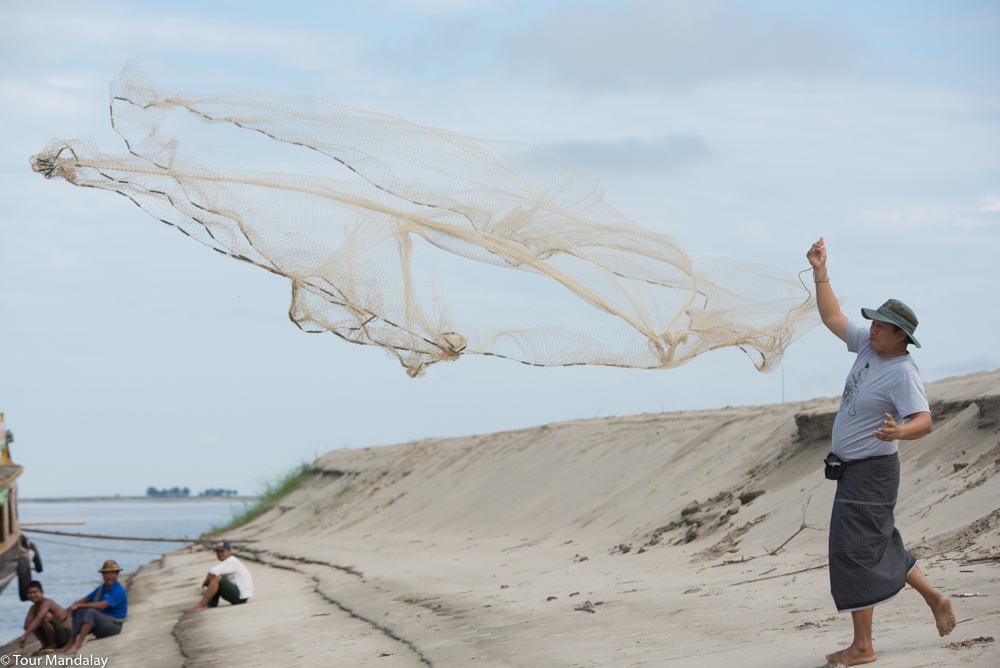
Tour Mandalay’s guide practises the casting of the weighted fishing net
Depending on whether or not the dolphins make an appearance, we will continue our journey downstream, perhaps stopping off at other more villages should you feel inclined. After a few more hours of sailing, we will eventually reach Mingun, the unofficial cut off point for dolphin spotting. The main attraction here is the Mingun Pahtodawgyi ruins, which was planned by King Bodawpaya to be the world’s largest pagoda. As a result of superstition, the build was never to be completed and a powerful earthquake severely damaged the remains.
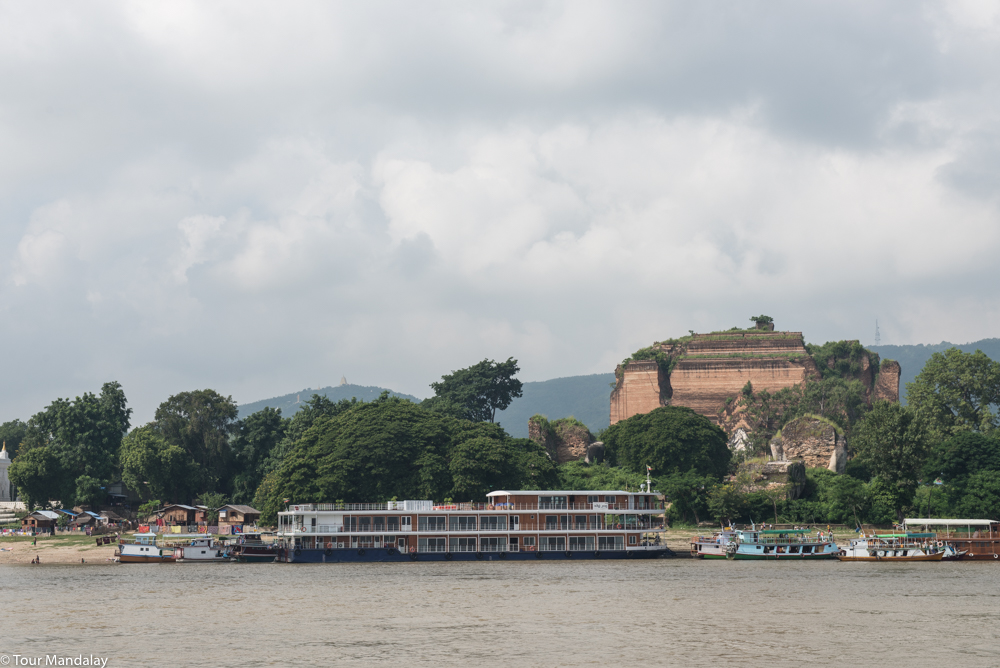
The view of Mingun as we sailed by
Return to Mandalay, a journey of approximately one hour, and transfer to your hotel by car.
NOTE: There is no guarantee you will see Irrawaddy dolphins on this tour, but your involvement will help with conservation efforts and provide much needed monetary support to the fisherman that cooperatively fish and look out for them.

